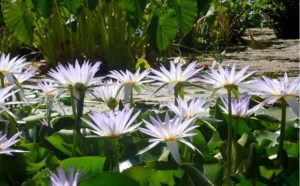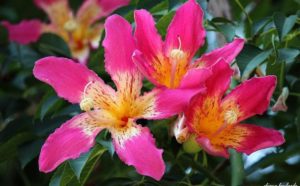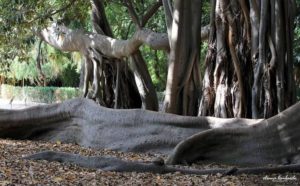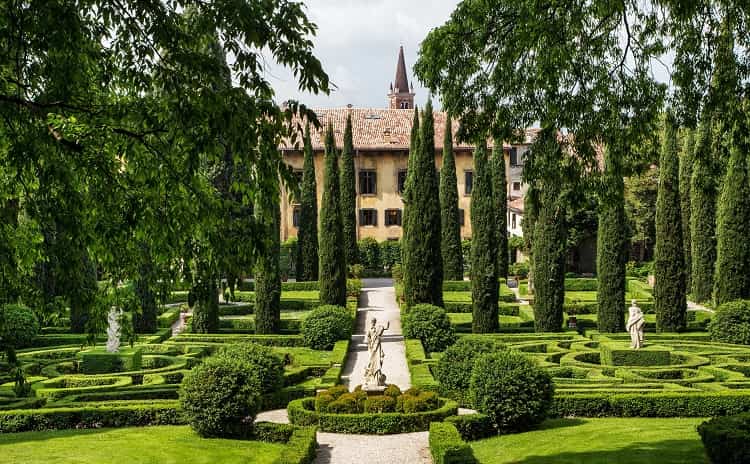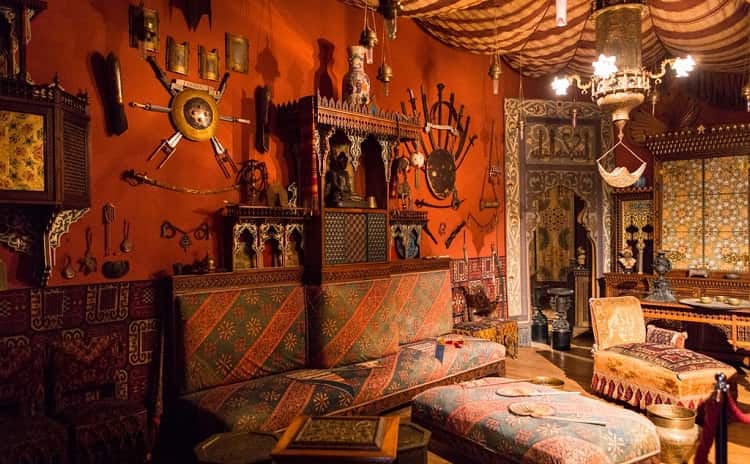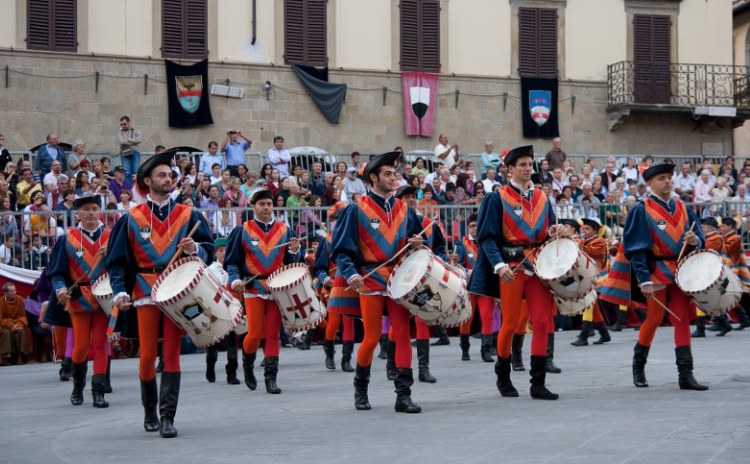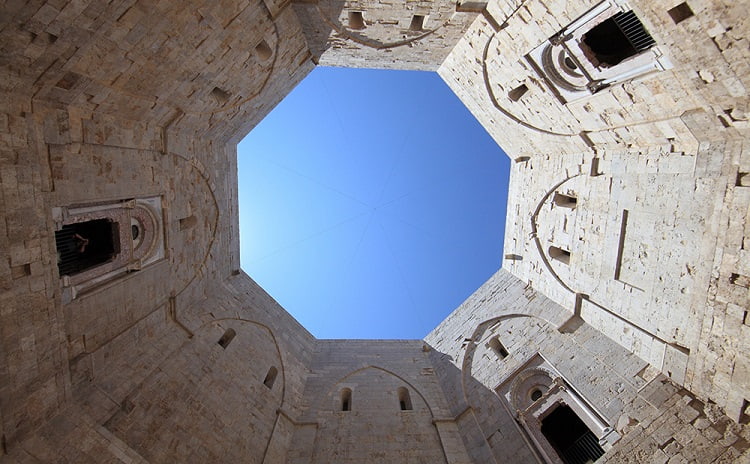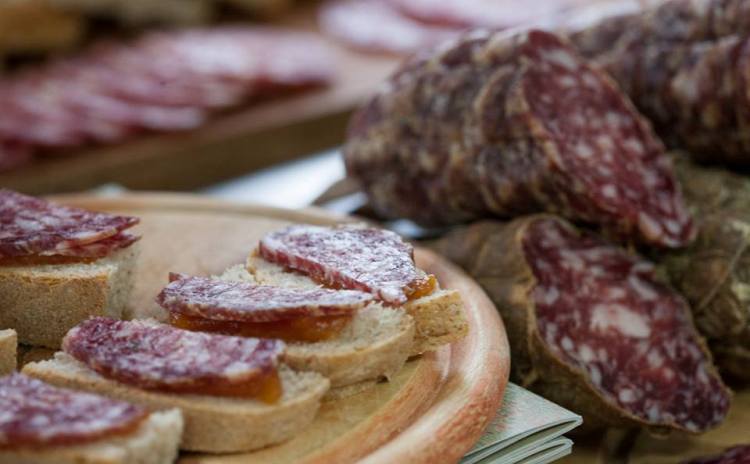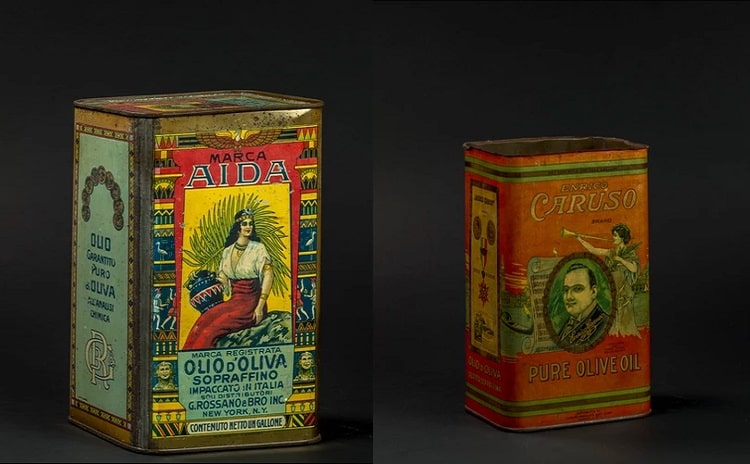Botanical Garden – Palermo
A 10-hectare park in the heart of Palermo. Open all year long
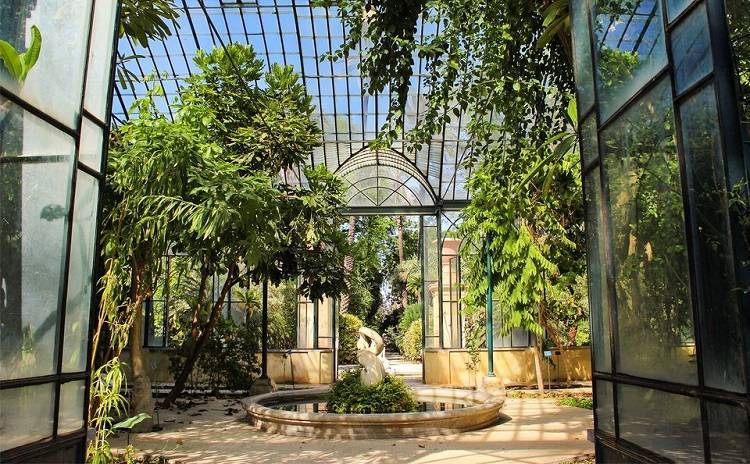
In the historic heart of Palermo, next to Villa Giulia, is located the most tropical garden in Europe, which is the splendid Botanical Garden of the University of Palermo. A fascinating visit and one of the most important Italian academic institutions.
The Botanical Garden covers an area of about 10 hectares and hosts over 12 thousand plant species.
Its origin dates back to 1779. When the faculty of Natural History and Botany was founded, the Royal Academy of Studies of Palermo had the opportunity to have a small piece of land as a botanical garden to use for planting and studying medicinal plants.
In 1789 the Garden was moved to its current location and in 1798 the Aquarium was added for aquatic plants and Queen Maria Carolina of Austria gave a new Serra to the garden.
It is a huge open-air museum that hosts rare and spectacular species including the Ficus magnoliids, with large branches that extend horizontally for many meters, the magnificent specimen of Ginkgo Biloba, and the spectacular dragon tree (Dracaena draco), native of the Canary Islands.
Among the most curious species, the soap tree (Sapindus mukorossi), so-called because it contains saponin in its fruit, the bottle tree (Chorisia speciosa) that adorns the main avenue and medical herbs such as wormwood, opium poppy, camphor and Indian ginseng.
The succulent plants include numerous species of Aloe, Cereus, Crassula, Euphorbia and Opuntia, characteristic of the driest areas. The presence of Ficus rubiginosa gives to this botanical collection an atmosphere and an environment very similar to that of a jungle.
The Winter Garden hosts species typical of the warmer regions, Africa, South America, Asia and Australia.
One of the most fascinating and curious collections for visitors is the collection of Cicadae (Cycas revoluta) which appear as real living fossils. They come from Australia and other regions, planted for the first time in Europe right here, in the beautiful botanical garden of Palermo.
In the Aquarium, numerous aquatic plants thrive including water lilies and lotus flowers (Nelumbo nucifera), while alongside there is a pond with papyrus and an intricate bamboo grove.
Between the second half of the nineteenth century and the first decades of the twentieth century, thanks to the favorable climate, the Botanical Garden of Palermo became a real reference point for Northern European gardens and many tropical species, still unknown or poorly classified at the time, were transferred here. This was the start of its scientific activity that allowed the study and dissemination in Sicily, Europe and throughout the Mediterranean of numerous plant species, largely native to the tropical and subtropical regions of all continents.
It was the Palermo Botanical Garden the first to introduce and spread the mandarin and medlar from Japan, and to cultivate in Europe cotton and soy and various species of agricultural, medicinal and decorative plants.
Visitors are struck by the greatness and splendour of the Botanical Garden of Palermo.
Moreover, garden passionates appreciate the horticultural exhibition market called “Zagara” directly promoted and organized by the Botanical Garden itself.
According to many, the Palermo Botanical Garden is the most beautiful botanical garden in Europe, a place that should become an Italian landscape icon.
INFORMATION
Opening hours vary according to the season. Check here>>>
Admission with a fee>>>
It is recommended to wear a safety mask and to keep an interpersonal distance of at least 1 meter.
ARE YOU PASSIONATE ABOUT FLOWERS?
See further gardens to visit all over Italy>>>
ARE YOU IN SICILY?
Discover further events or places to see in Sicily>>>
Photos from the Facebook page of the botanical garden
Cover photo: Serra di Maria Carolina or Winter Garden

